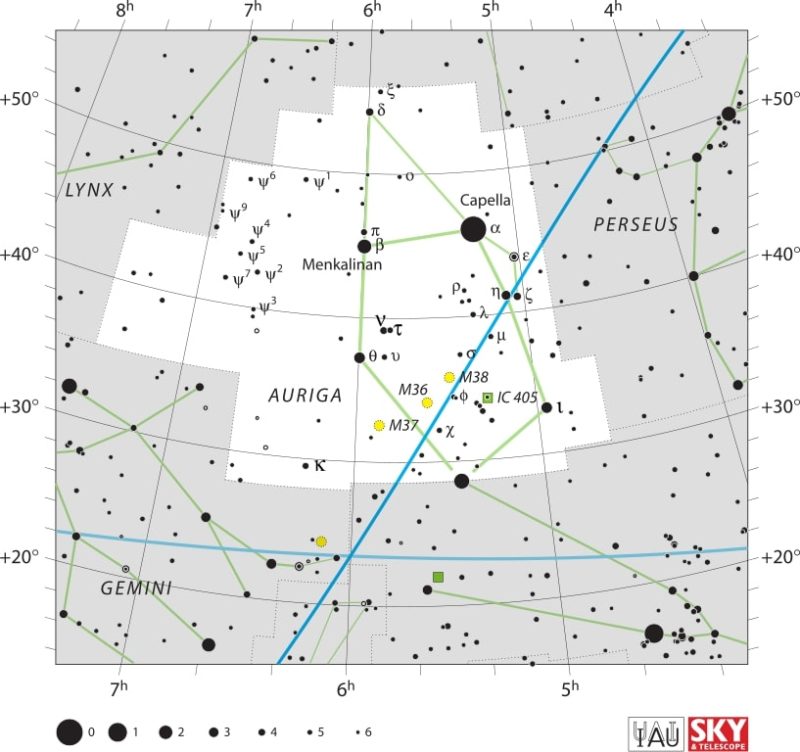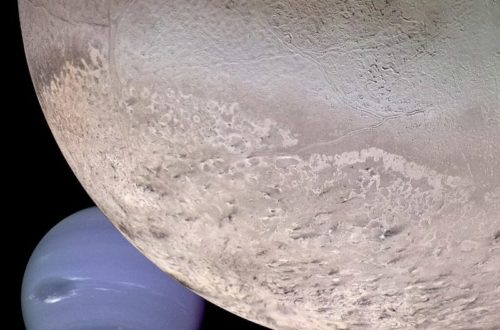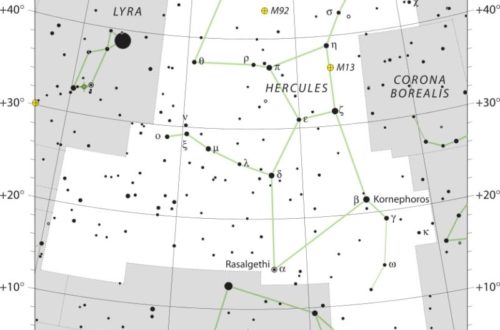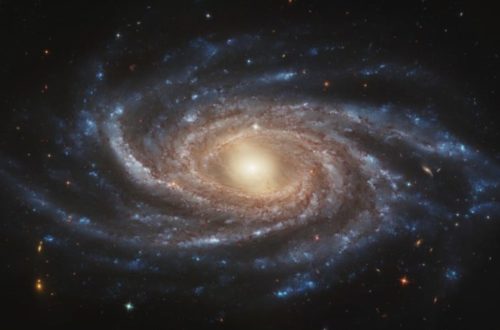Delta Aurigid Meteor Shower Guide

The Delta Aurigids are a minor meteor shower that appears every year in late September, peaking around September 29. The shower’s name comes from the star Delta Aurigae. This is the point from which the meteors seem to come from in the sky at night.
Unlike more intense meteor showers, city lights render them almost impossible to see. As with any meteor shower, weather, moonlight, and local conditions all make a big difference in your visibility.
In short, this article will help you figure out what to look for from Delta Aurigids. You’ll find tips for viewing, plus a whole lot more information, coming up!
What Is the Delta Aurigid Meteor Shower?
Delta Aurigids are far from the most extravagant meteor shower. This is because this meteor shower is quite faint, with only a few meteors visible each hour. On a normal night, you’ll only catch a single meteor, with the zenithal hourly rate maxing out at about two.
The low rate makes it quite likely for the event to be missed. If you’re in a city, or just anywhere with a bright horizon, you could very well miss it. To see them at their best, you’ll want dark rural skies with as little light pollution as possible.
The Delta Aurigid meteor shower lights up the sky every year from October 10 to October 18. Look for the peak activity on October 11.
The meteors look fast and thin, because they enter the atmosphere as the speed of 64 km/s.
To see meteors from the Delta Aurigids, watch for these meteors radiating from the constellation Auriga. With the help of a star chart, you’ll be able to identify this area, which is near the star Delta Aurigae.
How to Observe the Faint Delta Aurigid Meteors
To see the Delta Aurigids at their best requires some advance planning. Understanding the best times to be outside turns the odds in your favor for what you’ll encounter. The schedule and the peak night for the annual meteor shower provides the best sky show.
The farther you are from light pollution, the better your chances. Choosing a moonless night increases your odds even more, as moonlight obliterates many of the fainter streaks.
Annual Viewing Window
Each year, the Delta Aurigids are active from October 10 to 18 with the peak on the 11th. As the night goes on, the shower’s radiant climbs higher in the sky. This increases the chance of more meteors appearing directly overhead.
Keep Your Gear Simple
You can observe meteors with little to no equipment. A blanket or folding chair allows you to gaze up for extended periods without straining your neck. Binoculars are useful, but the majority of meteors will be easiest to see with the naked eye.
Using a camera with a very wide lens can help you create some spectacular images. Keep your gear simple to keep your eyes on the sky.
Give Your Eyes Time
Give your eyes at least 20 to 30 minutes to adjust to the dark without looking at any screens or bright lights.
After all this, you should start seeing more faint meteors. The more time that goes by, the more your night vision improves.
Check Weather Forecasts Diligently
Check the weather forecast for clear skies diligently. Clouds, fog, and rain significantly reduce the number of meteors you’ll see.
Be prepared to adjust plans if the forecast turns south.
Conclusion
The Delta Aurigid meteor shower provides stargazers with an extraordinary and unprecedented phenomenon. These meteors are very fast and appear in short flashes, so wait it out and be rewarded. Open fields, dark parks, and quiet hills away from city lights are ideal for an unobstructed view. Binoculars or a good camera on burst mode will assist you in seeing the faintest streaks.
Did you miss a flash? Don’t fret—nature has plenty of exciting performances lined up. So grab a buddy, look toward the calendar, and discover what other surprises await you from the night sky. We’d love to hear about it and share it with our readers!
Frequently Asked Questions
What are the Delta Aurigids?
The Delta Aurigids are a very weak annual meteor shower that peaks around mid October. They are called the Delta Aurigids because their apparent radiant comes from near the star Delta Aurigae, in the constellation of Auriga.
When is the best time to see the Delta Aurigid meteor shower?
Peak viewing occurs on October 11 each year, with the best hours just before dawn. Some meteors can also be seen between October 10 and 18.
How many meteors can I expect to see during the Delta Aurigids?
The Delta Aurigids aren’t all that bright. At their peak, you should expect to see just around 2 meteors per hour at best under perfect dark sky conditions.
What causes the Delta Aurigid meteor shower?
The Delta Aurigids are produced by small pieces of space debris. These particles, which were shed by a still-unidentified comet or asteroid, burn up in our own atmosphere, creating a beautiful light show.
Why are the Delta Aurigids difficult to study?
The Delta Aurigids are faint, they only show a few meteors per hour, and their origins are unclear. This renders them very difficult to observe and study in comparison to the brighter, more active showers.
See also:
- Previous meteor shower: Southern Taurid Meteor Shower
- Next meteor shower: Epsilon Geminid Meteor Shower
Would you like to receive similar articles by email?





